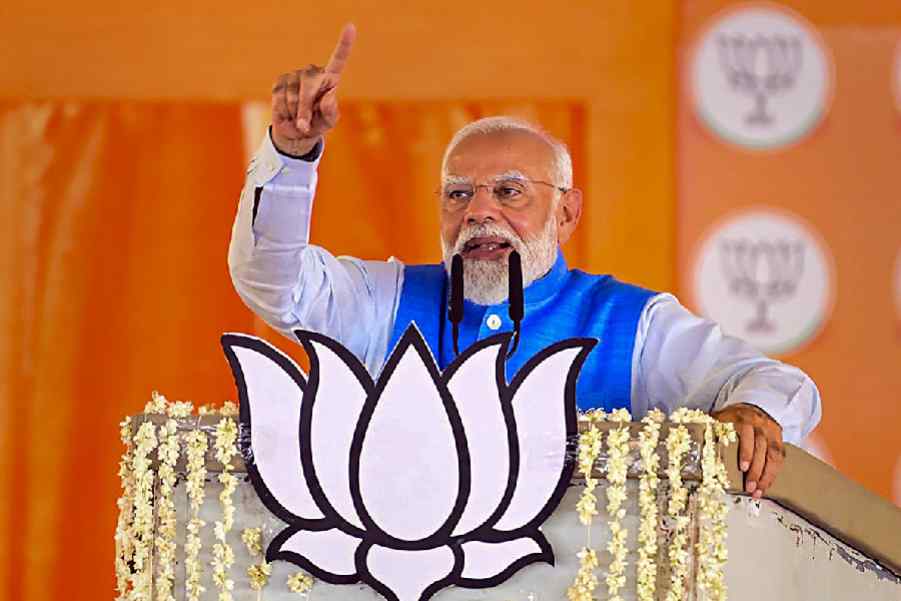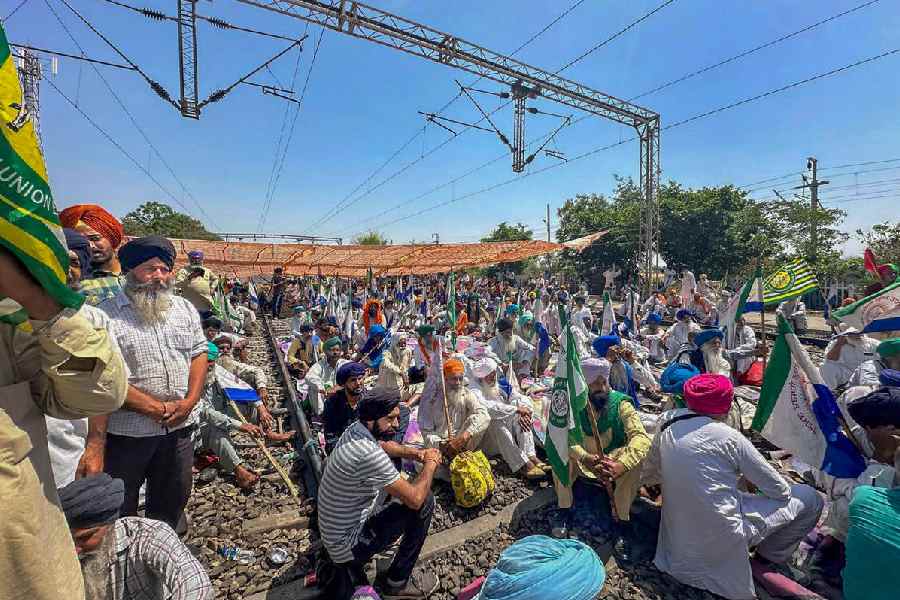Khand Jopale, 45, sold 28 quintals of onion he had brought to the vegetable mandi in Pimpalgaon, about 30km north of Nashik city.
The farmer from Singde village under Dindori taluka of Nashik district got Rs 821 per quintal. Jopale had grown onion on one acre land of his own; he has another 100 quintals of onion at home. He is sure to get Rs 1.05 lakh this season from onion and make an earning of Rs 40,000 for the four-month crop.
Jopale is happy that the price of onion for the April crop is way better than the price of Rs 300 per quintal his fellow onion growers got in December. Jopale did not grow onion in December, he had instead opted for tomato. The farmer sold 27 quintals of tomato at Re 1 per kg. He dumped about 30 quintals of tomato as transporting the produce 15km to the mandi would have cost him more.
“This year the onion gave a little bit of profit. But I lost Rs 20,000 on the tomato crop four months ago,” he said.
Dutta Bairagi, 50, from Dangsoundane village, also in Nashik, sold 60 quintals of onion at Rs 926 per quintal. His onion was of better quality than Jopale’s. Bairagi earned about Rs 50,000. But in December, he had dumped 15 quintals of onion because transporting and quality checking the produce would have cost him around the same money he stood to get from its sale.
“The quality of this (April) crop was good. The price is also okay. But if I count the loss of December, I made no profit from onion in the last two crop seasons,” Bairagi said.
Volatility in production and sale price, lack of minimum support price (MSP) for vegetable crops, absence of a mechanism to procure farm produce, poor sensitisation on cropping pattern and use of technology, import from other countries, and meagre institutional financial support have contributed to the ongoing agrarian distress in Maharashtra.
Nearly 50,000 farmers marched from Dindori in Nashik to Mumbai — a distance of around 200km — last year to demand respectable MSP for all crops, waiver of farm loans and conservation and use of rainwater to address the water crisis.
Opposition parties have made agrarian distress a major election issue across the country.
“There must be fair MSP for all the vegetable crops. It must be implemented. There has to be assurance of procurement and institutional support for funding and insurance. The BJP government did nothing,” Jopale said.
Bairagi agreed with his fellow farmer, but said he would still vote for Modi. Why? “Modi is a strong leader. He did surgical strike on Pakistan. I will vote for him for national security,” Bairagi said.
Bairagi has not heard about subsidy on onion export that aims at helping farmers. The directorate general of foreign trade runs the Merchandise Export from India Scheme (MEIS). The Union cabinet doubled the export incentive from 5 per cent — started in July 2018 — to 10 per cent so that the domestic price of the commodity rises.
An exporter told The Telegraph that the market is overcrowded currently due to export subsidy. Indian exporters are buying from Pimpalgaon, Lasalgaon and Satara onion mandis and transporting to destinations such as Dubai, Vietnam, Malaysia, and Indonesia.
“A lot of people have become exporters after the government gave export subsidy. They are sending to Dubai because of availability of high number of vessels to Dubai compared to other destinations. But unregulated export may lead to over export followed by import at higher cost,” said the exporter, who did not wish to be identified.
Northern Maharashtra grows vegetables, and fruits such as grape and pomegranate. Sachin Sukadeo Gadekar, who grew grapes, said farmers are selling the fruit at around Rs 30 per kg. Grape is a risky crop as its production dwindles in case of heavy rain and hailstorms. Gadekar said farmers are often unaware of the market potential and cropping pattern. Most of the time, they do not diversify and grow one particular crop on huge land anticipating good price. It leads to over-production and low price.
There is no agro-processing industry to further process and make durable products, he said. Besides, Gadekar said, the Indian Council of Agricultural Research should set up centres in Nashik district to popularise farming technology.
Sunil Malusare, a leader of the farmers’ agitation, said farmers have no say in the price of their produce. The businessmen, exporters and other buyers have formed a cartel. They decide the sale price. The farmers have to sell at that price. In most developed nations, the government provides the market support apart from technology and finance.
“The Centre decides MSP for certain cereals, pulses and sugarcane. The formula they use to decide the MSP does not include family labour and rent on land. There is no MSP for vegetables and fruits. Farmers are left at the mercy of businessmen and exporters,” Malusare said.
Even if sugarcane is covered under MSP, that does not solve the farmers’ distress entirely.
Suresh Shinde from Kurla village under Beed district has grown sugarcane over 26 acres of his own land. He has requested a sugar factory in his area to cut the crop and take it. The factory last month sent people who have cut the crop from 13 acres of land. The crop is still standing on another 13 acres of land.
“The sugarcane plants have now grown flowers. Once the plant flowers, its weight gets reduced by 30 to 40 per cent. Every day I am suffering loss. Who will compensate me?” Shinde asked.
While the MSP for sugarcane is Rs 2,750 per tonne, the factory gives Rs 2,000, he said. The crop maturing in 12 months has to be cut in time before it grows flowers. Sugarcane grown on an acre of land gives yield of 40 tonnes if cut at the right time.
A farmer can earn Rs 50,000 per acre if the yield is good and cut in time, Shinde said. This year, he may not make any profit. If the plants are not cut in one week, he will have to burn them because they will be of no use for sugar production.
Shinde said farmers are the worst sufferers in the Narendra Modi regime. “Achchhe din (good days) never came for the farmers,” he said.
Almost like clockwork every year, drought hits the Marathwada region, comprising districts such as Nanded, Latur, Jalna, Beed, Parbhani and Osmanabad, and Vidharva region covering districts such as Chandrapur, Wardha, Yavatmal and Amaravati. Farmers in Nashik are opposing a central government project of diverting rainwater from Surgana and Peth area in Maharashtra to Ahmedabad.
He said Maharashtra has nearly 1.1 crore farmers’ families. The banks have extended Rs 18,000 crore of crop loan to the farmers in the state. The entire money should be waived because of distress sale and lack of MSP of most crops, the farmers say.
The ongoing agitation on these issues of water crisis and farmers’ distress — led by the All India Kishan Sabha, the farmers’ wing of the CPM — would continue after the elections, Malusare said.
Professor S.S. Mantha, former chairman of All India Council of Technical Education (AICTE), said over use of groundwater was the main reason for drought in Vidharva and Marathwada. The state government needs to create ponds and water bodies to save water and charge the groundwater. Besides, the top layer of the soil of farmland needs to be replaced with fertile soil to increase production.
“Drought is a regular phenomenon because within three to four months after rain, the water is finished. The groundwater level has gone own. The groundwater has to be replenished,” he said.
In some areas people are into jatropha cultivation which affects the top layer of the soil, he said.
Nashik votes on April 29










